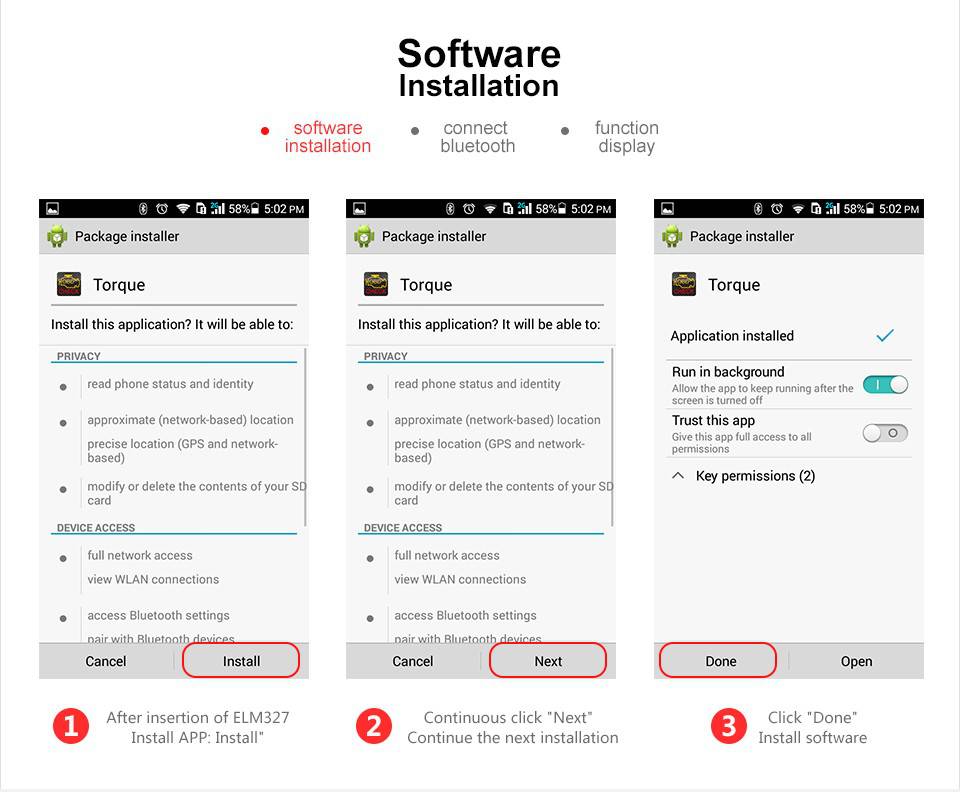
Having an inexpensive scan tool for every technician can speed things up on a busy morning when lots of vehicles show up with their check engine light on. Depending on how big and how busy a shop is, having only one scan tool can create a diagnostic bottleneck, particularly when a vehicle first comes into a shop for an estimate. Spending $6,000 for a scan tool may not make economic sense for every technician and many shops have one high-end scan tool that multiple technicians uses on an as-needed basis.

Professional scan tools start at about $800 and can exceed $6,000 for the most sophisticated models. DIY models range in price from $35 for a simple coder reader to around $500 for a scan tool. iTunes and Google Play websites have a mind-boggling number of these types of apps that range in cost from free to $10 Pick a phone-both iPhone (at left) and Android smartphone platforms allow users to download OBD-II related apps that turn their phone into a portable dynamometer, scan tool and trouble code library. For example, a $30 digital multimeter can provide basic electrical measurement capabilities, but it’s no substitute for a professional meter like the Fluke 88V that retails for $449 and is designed for automotive use with features like Min/Max record, millisecond fuel injector pulse width and an analog bar graph. This reasoning also applies to electronic tools as well. In general, the adage that “you get what you pay for” holds true for automotive tools. The reasons for this can include tool quality, availability of specialized tools, longevity and ease of repair or replacement. Professional technicians don’t generally purchase tools that do-it-yourself.


 0 kommentar(er)
0 kommentar(er)
